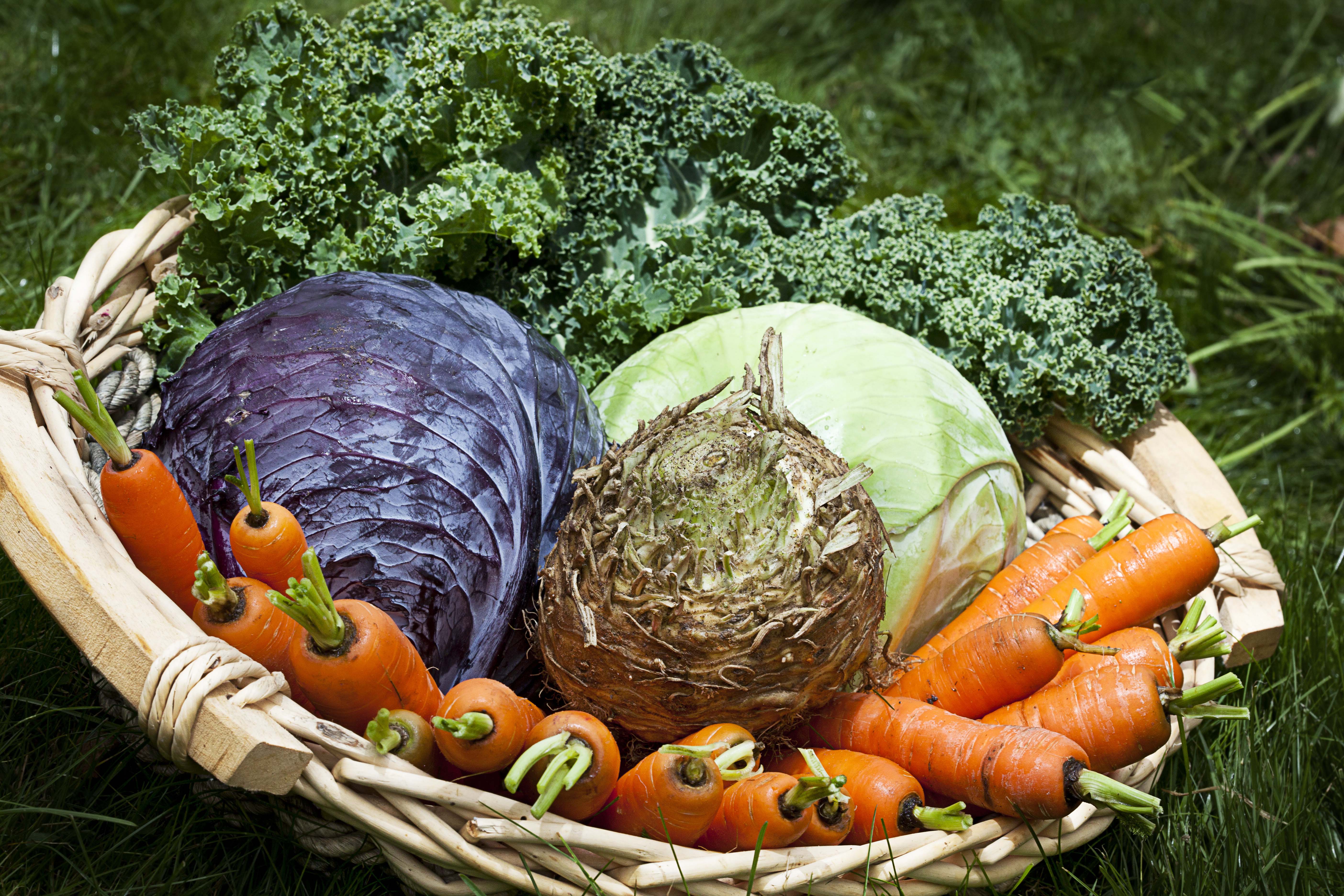Growing method can make vegetables tastier and healthier
Growing methods affect the contents of healthy substances in cabbage and root crops and whether they have a sweet or bitter taste.

Whether cabbage or root crops have a bitter or sweet taste is determined already at the grower’s end, and the same is true for their contents of health-promoting substances. Fertilisation level and the variety selected are two of the most important factors.
These are some of the results from the MaxVeg research project where scientists investigated whether the taste and nutritive value of vegetables could be affected by the cultivation method.
- There are particular health benefits in eating cabbage and root vegetables - especially the bitter and strong-tasting ones, says Science Team Leader Hanne Lakkenborg Kristensen from the Department of Food Science at Aarhus University. She presented results from the trial, which was tested on people with type 2 diabetes, at the 2015 Plant Congress, held in Herning, Denmark, on 14 and 15 January 2015.
Nutritional value and taste can be controlled
The first part of the study used cabbage, kale and celeriac, where various older and modern varieties of the vegetables were given different levels of nitrogen and sulphur fertiliser. The old varieties were supplied by the Nordic gene bank, NordGen.
- There is much diversity in the sensory properties of the old varieties from NordGen, explains Hanne Lakkenborg Kristensen.
The scientists recorded the yield at harvest and examined the taste and contents of sugar and health-promoting substances such as flavonoids and glucosinolates.
- We found that fertilisation and choice of variety can be used to influence the nutrient content and the sensory properties of cabbage and root vegetables, says Hanne Lakkenborg Kristensen.
Strong and bitter healthier than sweet and mild
In the next part of the experiment the scientists selected a range of cultivation strategies for cabbage and root vegetables that tasted either bitter/strong or sweet/mild. The vegetables used here were kale, cabbage, white cabbage, celeriac and beetroot.
The vegetables formed part of the diets of volunteers with type 2 diabetes. Another group of volunteers ate a regular diet with little cabbage and root vegetables. This group served as a control group. A second group ate a diet including cabbage and sweet or mild-tasting root vegetables, while the diet of a third group included cabbage and bitter or strong-tasting root vegetables.
The researchers measured a number of physiological parameters of the participants, including blood levels of glucose, insulin and fats, blood pressure, weight and fat distribution.
- In this part of the experiment we found that a high intake of cabbage and root vegetables had a beneficial effect on patients with type 2 diabetes. Fertilisation regimes and vegetable varieties that increase the strong and bitter taste of cabbages and root vegetables had a larger beneficial effect on patients with type 2 diabetes than cabbages and root vegetables that were grown for a milder and sweeter taste.
The MaxVeg experiments were carried out in collaboration between the Department of Food Science and the Department of Clinical Medicine at Aarhus University.
For further information please contact: Science Team Leader Hanne Lakkenborg Kristensen, Department of Food Science, email: hanne.kristensen@food.au.dk, telephone: +45 8715 8354
